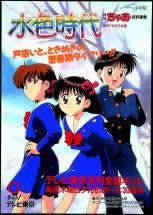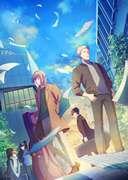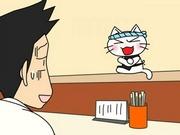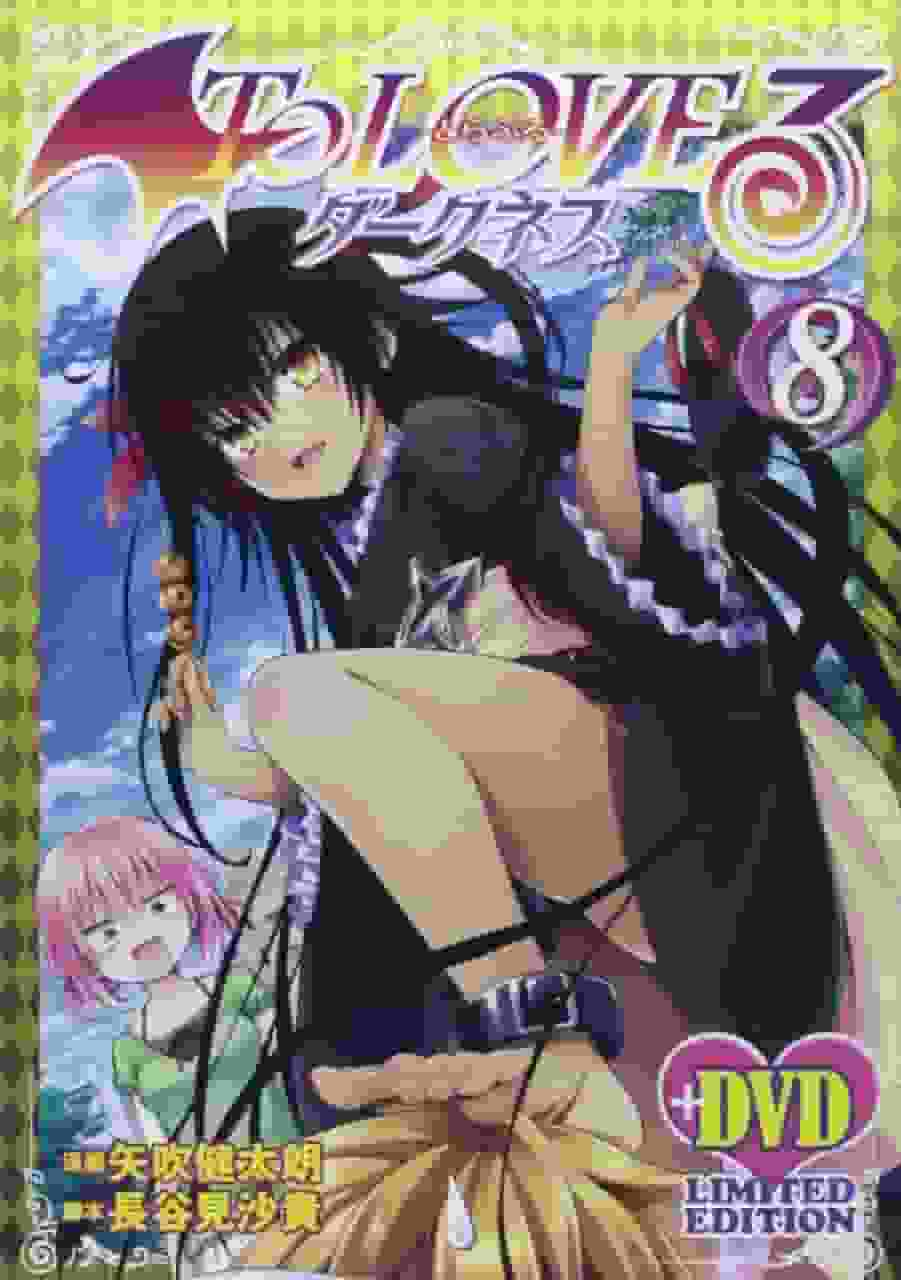The appeal and reviews of "Blue Age": A moving story and deep characters

"Light Blue Age" - A masterpiece anime depicting the faint glow of youth■ Public MediaTV anime series ■ Original Mediacomics ■ Broadcast periodApril 4, 1996 - February 7, 1997 Thursday 18:00-18:30 ■Broadcasting stationTV Tokyo affiliates ■Frequencieshalf an hour ■ Number of EpisodesEpisode 47 ■Original StoryYu Yabuuchi (serialized in Shogakukan's "Monthly Ciao") ■ Director・Director: Hiroko Tokita ■ ProductionNAS ■Works©Yabuuchi Masaru/Shogakukan・NAS ■ StoryA youthful school story set in a junior high school. A love triangle between the protagonist Yuko, a first-year junior high school student, Taka-chan, and Hiroshi-kun, a smart and popular member of the soccer club. Yuko grows through her friends and romance, while feeling both hopeful and anxious about her new school life. Taka-chan is Yuko's best friend, but secretly harbors feelings for Hiroshi. Hiroshi has feelings for Yuko, but worries about his future and the expectations of those around him. The story depicts the youth of these two characters as the seasons change. ■Explanation"Light Blue Age" is a work that depicts a page in the tender youth that everyone experiences. It is a realistic recreation of Japanese junior high school life in the 1990s, carefully depicting the worries and joys unique to adolescence, such as friendship, romance, and relationships with family. In particular, the subtle emotional movements of the protagonists and their process of growing up are depicted so realistically that they evoke empathy from viewers. The animation is made with attention to detail, reflecting the trends and culture of the time, giving a sense of nostalgia and freshness at the same time. The character designs and background art are also beautiful, making it a visually enjoyable work. ■ Main staffDirector: Hiroko Tokita; Series Composition: Junki Takegami; Character Design: Shinichi Yamaoka, Takahisa Ichikawa; Animation Director: Takahisa Ichikawa; Art Director: Katsuyoshi Kanemura; Dubbing Director: Yuji Mitsuya; Sound Director: Kazuya Tanaka; Animation Production: Studio Comet ■Subtitle1/New semester・2/Friendship・3/Forest camp・4/Softball tournament・5/Misunderstanding・6/Big sister・7/Christmas party・8/Valentine's Day・9/End of school exam・10/Class change・11/Takako's love・12/Senior and junior・13/Jealousy・14/Diet・15/Summer vacation・16/Stormy season・17/Normal・18/Love triangle・19/Love and friendship・20/First day 21/Cram School 22/Lovers 23/Rivalry 24/School Trip 25/Left Behind 26/Cold Yamada-kun 27/Contest 28/The Old Lady Who Doesn't Smile 29/Love Letter 30/Dream and Reality 31/Hiroshi's Summer 32/The Night Before the School Festival 33/The First Star 34/Problems with Further Education 35/Present 36/Graduation 37/Travel Days 38/Just Like Back Then 39/Compilation: Light Blue Seasons 40/Memories Album 1: Less Than Love 41/Memories Album 2: Growing Up 42/Memories Album 3: Miyau's Love 43/Memories Album 4: My First Friend 44/Memories Album 5: Mom's Lover 45/Memories Album 6 (Tentative Title) A Secret Summer Story 46/Memories Album 7 (Tentative Title) The Boys' School Trip 47/Memories Album 8 (Tentative Title) From an Angel to You ■Detailed evaluation"Light Blue Age" is a TV anime series that aired from 1996 to 1997, and is based on the manga of the same name by Yabuuchi Yu. The original was serialized in Shogakukan's "Monthly Ciao" magazine and gained popularity as a work depicting the youth of young girls. The anime version draws out the charm of the original to the fullest while depicting the brilliance of youth from a unique perspective. First, let's talk about the story. The main character, Yuko, begins a new life at school as a first-year junior high school student. She is surrounded by her best friend Taka-chan and Hiroshi, a smart and popular member of the soccer club. While Yuko has a slight crush on Hiroshi, she also cherishes her friendship with Taka-chan. Taka-chan also secretly has feelings for Hiroshi. This love triangle is at the heart of the story, and their growth is depicted through various episodes. Each episode progresses with the changing of the seasons, allowing viewers to feel as if they are reliving a year in their youth. The events of the year are carefully depicted, from the anticipation and anxiety of the new semester, the deepening of friendships during school trips, romance on Christmas and Valentine's Day, free time during summer vacation, and the excitement of graduation. In particular, events such as school trips and cultural festivals are depicted as symbols of youth, capturing the hearts of viewers. The character portrayal is also superb. Yuko is portrayed realistically as a pure and kind person, yet at times troubled by her own feelings. Taka-chan is a bright and lively character, but her feelings for Hiroshi bring her inner complexity into focus. Hiroshi has an excellent mind and athletic ability, but is also portrayed as troubled by his future and the expectations of those around him, symbolizing the conflicts of adolescence. The growth and change of these characters gives viewers deep empathy. The quality of the animation is also highly praised. The character designs were created by Yamaoka Shinichi and Ichikawa Takahisa, who faithfully reproduced the images of the original work while adding their own unique appeal. Animation director Ichikawa Takahisa paid attention to the details of the characters' expressions and movements, carefully portraying the subtleties of their emotions. Art director Kanemura Katsuyoshi pursued realism and beauty in the background art, enhancing the visual appeal. Additionally, dubbing director Mitsuya Yuji and sound director Tanaka Kazuya brought out the best in the voice actors' performances, expressing the characters' emotions in a rich way. Music is also an important element that enhances the appeal of the work. The opening theme, "Light Blue Season," has a beautiful melody that sings of Yuko's feelings, and resonates with viewers. The ending theme, "The Door to Youth," is also a wonderful song that expresses the brilliance and sadness of youth. The background music is also selected to match each scene, and plays a role in livening up the story's development. "Light Blue Age" is a masterpiece anime that depicts the faint glow of youth. Viewers will be able to look back on their own youth through the growth of Yuko, Taka-chan, and Hiroshi. The realistic depiction of Japanese junior high school life in the 1990s also evokes feelings of nostalgia and freshness at the same time, making it a work that can be enjoyed by a wide range of generations. The animation quality and music are also highly praised, making it a very well-made work overall. ■Recommendation detailsHere are some recommendations for how to enjoy "Light Blue Age." 1. Reading the original mangaTo get a deeper understanding of the anime version, I recommend reading the original manga. The delicate touch and storytelling of Yu Yabuuchi's drawings have a different appeal from the anime version. In particular, the characters' inner thoughts and backgrounds are depicted in more detail, which will enrich your viewing experience. 2. Research on Japanese culture in the 1990s"Light Blue Era" is a realistic reproduction of Japanese junior high school life in the 1990s. Therefore, by learning about the trends and culture of the time, you can gain a deeper understanding of the background of the work. Why not experience Japanese culture of the 1990s, including fashion, music, and TV programs? 3. Watching youth movies and dramasThe appeal of "Blue Age" can be further enhanced by watching other works with the theme of youth. For example, youth films such as "Your Name" and "Orange" and youth dramas such as "Boys Over Flowers" and "Nodame Cantabile" are wonderful works that depict the brilliance and sadness of youth. By watching these works, you will be able to reaffirm the universal theme of youth and rediscover the appeal of "Blue Age". 4. Joining the Fan CommunityBy joining the fan community for "Light Blue Age," you can share your thoughts with other viewers and rediscover the appeal of the show. Fan communities have been formed on various platforms, including SNS, forums, and blogs, so why not actively participate? 5. Listening to character songs and soundtracksListening to the character songs and soundtracks of "Light Blue Era" will allow you to experience the world of the work even more deeply. In particular, the opening theme "Light Blue Season" and the ending theme "The Door of Youth" are beautiful songs that symbolize the theme of the work. Why not relive the youth of Yuko, Taka-chan, and Hiroshi while listening to these songs? Above we have introduced a detailed review and recommendation of "Light Blue Age." We hope you will take the time to watch this masterpiece anime that depicts the faint glow of youth. Viewers will be able to look back on their own youth through the growth of Yuko, Taka-chan, and Hiroshi. In addition, the realistic depiction of Japanese junior high school life in the 1990s evokes feelings of nostalgia and freshness at the same time, making it a work that can be enjoyed by a wide range of generations. The quality of the animation and music are also highly rated, making it a very well-made work overall. |
<<: The Cinderella Story: A Thorough Analysis of the Charm and Emotion of the Modern Version
>>: The appeal and reviews of "Gon the First Human": A prehistoric adventure revived in modern times
Recommend
A new Star Wars movie is in the works, directed by the director of Sleight
According to The Hollywood Reporter, a new Star W...
The appeal and reviews of "SHOW BY ROCK!!": The world of anime where music and battle intersect
The appeal and worldview of "SHOW BY ROCK!!&...
Deadpool screenwriter is thinking about the next movie
The first two Deadpool movies set a huge stage fo...
"Eight Hundred" won the global single-day box office champion for two consecutive days with a box office of over 100 million yuan
According to Maoyan data, the box office of "...
JOKER Marginal City: A thorough analysis of the fascinating dark hero and his worldview
"JOKER Marginal City": The appeal of th...
Kirin Tomorrow's Calendar Review: A moving story that exceeds expectations
Kirin Tomorrow's Calendar: The charm of nosta...
The original director Vincenzo praised the Japanese version of "CUBE" which will be released on October 22
The Japanese version of "CUBE", adapted...
The second season of The Quintessential Quintuplets has been postponed to January 2021
The second season of the famous romantic comedy &...
The top eight of the 27th Tezuka Osamu Cultural Award are announced, and "Spy Play" is temporarily ranked first
The most famous and authoritative award in the Ja...
Mushishi: The Second Half of Season: The appeal of an expanded story and beautiful visuals
"Mushishi: The Second Half": A beautifu...
Disneyland in California donates $5 million to help sick children
"Avengers 4" will be released at the en...
DC's new trailer for Pennyworth reveals the life of the butler "Alfred" as a mysterious agent
DC today released the latest trailer for the new ...
Bones' new TV animation "Vanitus' Notes" is scheduled to premiere on July 2
The official TV animation of "Vanitas' N...
Reebok to launch Sonic the Hedgehog 3 co-branded sneakers
With the upcoming release of the Sonic the Hedgeh...
'Look Back' review: A moving story and beautiful visuals
"Look Back": A moving short film animat...









